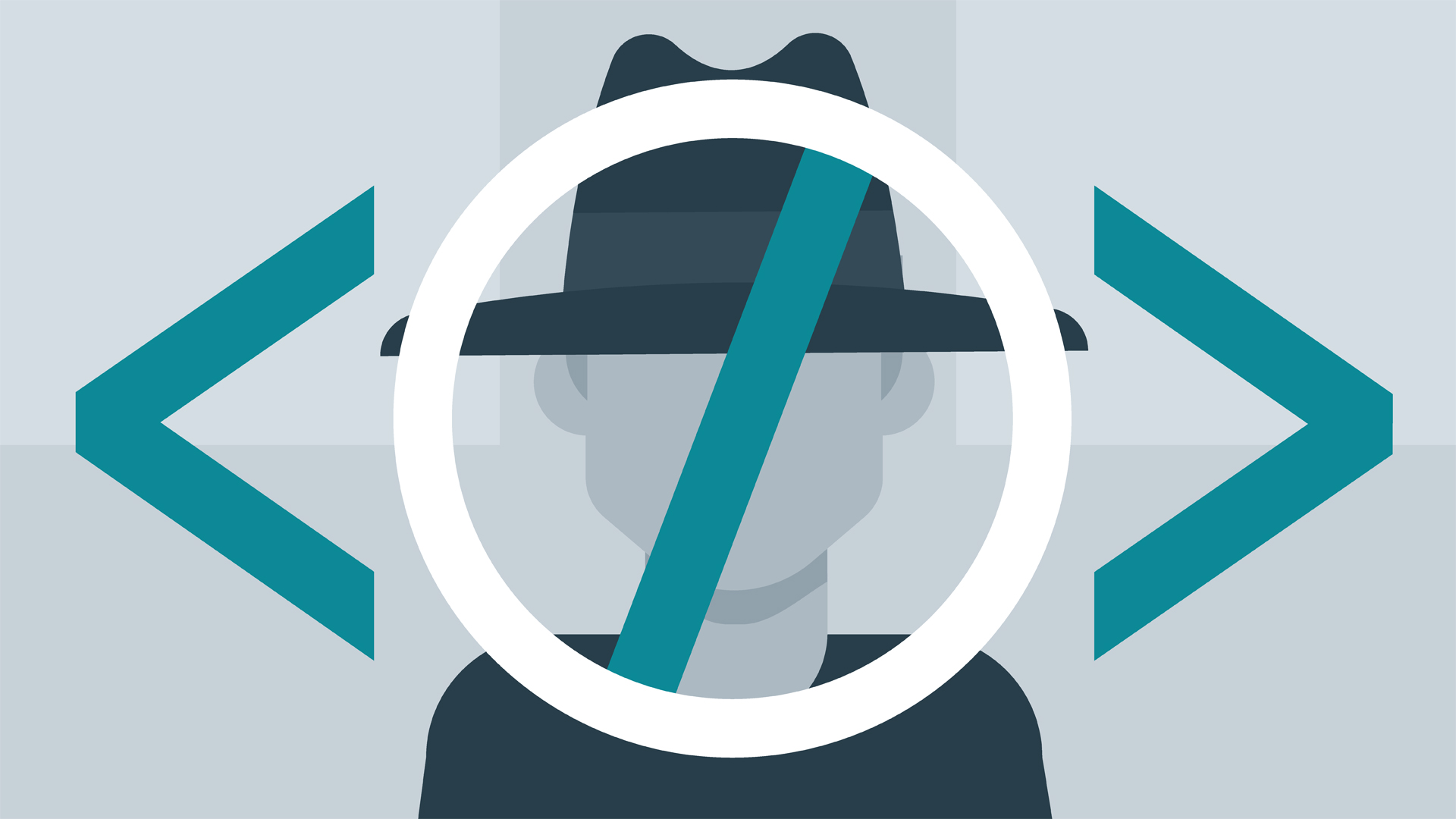
Learn how to investigate, respond to, and hunt for threats using Microsoft Sentinel, Microsoft Defender XDR and Microsoft Defender for Cloud. In this course you will learn how to mitigate cyberthreats using these technologies. Specifically, you will configure and use Microsoft Sentinel as well as utilize Kusto Query Language (KQL) to perform detection, analysis, and reporting. The course was designed for people who work in a Security Operations job role and helps learners prepare for the exam SC-200: Microsoft Security Operations Analyst.
The Microsoft Security Operations Analyst collaborates with organizational stakeholders to secure information technology systems for the organization. Their goal is to reduce organizational risk by rapidly remediating active attacks in the environment, advising on improvements to threat protection practices, and referring violations of organizational policies to appropriate stakeholders. Responsibilities include threat management, monitoring, and response by using a variety of security solutions across their environment. The role primarily investigates, responds to, and hunts for threats using Microsoft Sentinel, Microsoft Defender XDR, Microsoft Defender for Cloud, and third-party security products. Since the Security Operations Analyst consumes the operational output of these tools, they are also a critical stakeholder in the configuration and deployment of these technologies.

Security is a major concern in the DevOps world. There is a constant push for companies to move more quickly, and security teams struggle to keep up with testing. This has led to the rise of a new field: DevSecOps. This course introduces the concept of DevSecOps and explains how an organization can build out a DevSecOps program that helps teams integrate security into the application development pipeline. Learn about the role of APIs, containers, and automation, and how a continuous integration and delivery framework can help your organization run security tests as often as developers want. Instructor Tim Chase also introduces some free tools and resources for starting your DevSecOps journey.

Learning Objectives:
- How IoT devices work
- IoT technologies and protocols
- IoT communication models
- Common OWASP vulnerabilities
- Overcoming inherent IoT challenges
- Attacks occurring on IoT devices
- Methodologies used for hacking
- Securing IoT devices

Note: The Ethical Hacking series maps to the 20 parts of the EC-Council Certified Ethical Hacker (CEH) exam (312_50) version 10.
Learning Objectives:
- Today's threat landscape
- Managing incidents
- Creating security policies
- Protecting data
- The COBIT framework
- Conducting penetration testing

Note: The Ethical Hacking series maps to the 20 parts of the EC-Council Certified Ethical Hacker (CEH) exam (312_50) version 10.
Learning Objectives:
- Today's threat landscape
- Managing incidents
- Creating security policies
- Protecting data
- The COBIT framework
- Conducting penetration testing

In this course, cybersecurity expert Lisa Bock discusses the methods a hacker might use, including embedding malicious links and attachments in emails and using mobile devices and social media to deploy an attack. She discusses the concept of "misuse of trust"—how hackers use charm, power, and influence to penetrate an organization—and why you need to be extra cautious with the disgruntled employee. Finally, Lisa discusses countermeasures security professionals can take to address these attacks.
Note: This course maps to the Social Engineering competency of the Certified Ethical Hacking exam. Review the exam objectives at https://www.eccouncil.org/programs/certified-ethical-hacker-ceh/.
Learning Objectives:
- Visualizing the victim
- Recognizing an attack
- Using charm, power, and influence
- Manipulating with social media
- Preventing insider attacks
- Stealing identities
- Pen testing with social engineering
- Taking countermeasures

Learning Objectives:
- Acquiring passwords
- Generating rainbow tables
- Understanding where passwords are stored
- Defending against privilege escalation
- Understanding spyware
- Protecting against keylogging
- Detecting steganography
- How hackers cover their tracks

Note: This course is part of our test prep series for the Certified Ethical Hacker exam. Review the complete exam objectives at https://www.eccouncil.org/programs/certified-ethical-hacker-ceh/.
Learning Objectives:
- Selecting an antenna
- Configuring security
- Extracting WEP and network passwords
- Testing passwords
- Harvesting connections from rogue access points
- Attacking networks via Bluetooth
- Capturing wireless packets with Acrylic Wi-Fi
- Heat mapping with Ekahau
- Wi-Fi sniffing with Wireshark
- Testing the Internet of Things

Deze cursus is enkel beschikbaar in het Frans. Als dit voor u geen probleem vormt, dien dan gerust uw aanvraag in.
Aanvraag indienen

Learn about the most important security concerns when developing websites, and what you can do to keep your servers, software, and data safe from harm. Instructor Kevin Skoglund explains what motivates hackers and their most common methods of attacks, and then details the techniques and mindset needed to craft solutions for these web security challenges. Learn the eight fundamental principles that underlie all security efforts, the importance of filtering input and controlling output, and smart strategies for encryption and user authentication. Kevin also covers special considerations when it comes to credit cards, regular expressions, source code managers, and databases.
This course is great for developers who want to secure their client's websites, and for anyone else who wants to learn more about web security.
Topics include:
- Why security matters
- What is a hacker?
- How to write a security policy
- Cross-site scripting (XSS)
- Cross-site request forgery (CSRF)
- SQL injection
- Session hijacking and fixation
- Passwords and encryption
- Secure credit card payments
